Debug Cypress Tests Vscode
Cypress is a powerful testing framework that enables developers to write end-to-end tests for web applications. It provides an easy-to-use interface and allows for fast, reliable, and efficient testing. When writing Cypress tests in VSCode, developers may encounter issues or bugs that need to be debugged. In this article, we will discuss how to debug Cypress tests in VSCode, including setting up Cypress tests, installing necessary dependencies, configuring the Cypress test runner, writing and running Cypress tests, using debugging tools, setting breakpoints, inspecting variables and values, debugging asynchronous tasks, and troubleshooting common issues.
Setting up Cypress Tests in VSCode:
To get started with debugging Cypress tests in VSCode, you need to set up your project and install Cypress. Follow these steps to set up Cypress tests:
1. Create a new project or navigate to an existing project in your preferred terminal.
2. Install the Cypress module globally by running the command `npm install -g cypress`.
3. Then, initialize Cypress in your project directory by running `cypress open`. This will create a `cypress` folder in your project directory with the necessary files and folders for Cypress tests.
Installing the Necessary Dependencies for Cypress in VSCode:
After setting up your project with Cypress, the next step is to install the necessary dependencies for Cypress in VSCode. Follow these steps:
1. Open your project in VSCode.
2. Open the integrated terminal in VSCode by going to View → Terminal.
3. In the terminal, navigate to your project directory.
4. Install the required dependencies by running the command `npm install cypress –save-dev`.
This will install Cypress as a dev dependency in your project, allowing you to use it in your Cypress tests.
Configuring Cypress Test Runner in VSCode:
To configure the Cypress test runner in VSCode, follow these steps:
1. Open your project in VSCode.
2. Open the `cypress.json` file located in the `cypress` folder.
3. Configure the necessary settings such as the `baseUrl` for your application and any other Cypress options you want to set.
Writing and Running Cypress Tests in VSCode:
With the setup and configuration in place, you can now start writing and running Cypress tests in VSCode. Follow these steps:
1. Open your project in VSCode.
2. Navigate to the `cypress` folder and open the `integration` folder.
3. Create a new test file with the `.spec.js` extension, e.g., `example.spec.js`.
4. Write your Cypress test code using the Cypress API.
5. Save the file and run the Cypress test by running the command `./node_modules/.bin/cypress run` in the integrated terminal.
Using Debugging Tools in VSCode for Cypress Tests:
VSCode provides a powerful integrated debugging feature that enables developers to debug their code effectively. Here’s how to use the debugging tools in VSCode for Cypress tests:
1. Open your Cypress test file in VSCode.
2. Place breakpoints in your test file by clicking on the line number where you want to set the breakpoint.
3. Open the Debug view in VSCode by clicking on the bug icon in the sidebar or using the shortcut `Ctrl + Shift + D`.
4. Click on the dropdown menu beside the green arrow in the top menu and select “Node.js” as the debug configuration.
5. Click on the green arrow or press `F5` to start debugging.
Setting Breakpoints in Cypress Tests in VSCode:
Setting breakpoints is an essential part of debugging Cypress tests in VSCode. Follow these steps to set breakpoints in Cypress tests:
1. Open your Cypress test file in VSCode.
2. Place breakpoints by clicking on the line number where you want the execution to pause.
3. When running the Cypress tests in debug mode, execution will stop at the breakpoints, allowing you to inspect variables and values.
Inspecting Variables and Values While Debugging Cypress Tests in VSCode:
While debugging Cypress tests in VSCode, you can inspect variables and values in real-time. Follow these steps to inspect variables and values:
1. Set breakpoints in your Cypress test file where you want the execution to pause.
2. Run the Cypress test in debug mode.
3. When execution stops at a breakpoint, you can hover over variables to see their current values.
4. You can also inspect variables in the “Watch” panel by clicking on the menu in the top-right corner of the Debug view and selecting “Add Expression”.
Debugging Asynchronous Tasks in Cypress Tests in VSCode:
Cypress tests often involve asynchronous tasks, such as waiting for page loads or making API calls. Debugging asynchronous tasks in Cypress tests can be challenging, but with the right tools, it becomes easier. Follow these steps to debug asynchronous tasks:
1. Set breakpoints at the relevant points in your Cypress test code.
2. Run the Cypress test in debug mode.
3. When execution stops at a breakpoint, you can step through the code using the debug controls in VSCode.
4. Use the “Call Stack” panel to navigate through the asynchronous tasks and understand their flow.
Troubleshooting Common Issues While Debugging Cypress Tests in VSCode:
While debugging Cypress tests in VSCode, you may encounter some common issues. Here are a few troubleshooting tips:
1. Ensure that you have installed the necessary dependencies correctly.
2. Double-check your configuration in the `cypress.json` file.
3. Make sure you are running the Cypress tests in debug mode.
4. If breakpoints are not hit, try saving the test file and running the tests again.
5. Check for any error messages in the terminal or VSCode output panel.
6. Verify that the test file is correctly located in the `integration` folder of the `cypress` directory.
FAQs:
Q: What is Cypress?
A: Cypress is a powerful testing framework that enables developers to write end-to-end tests for web applications. It provides an easy-to-use interface and allows for fast, reliable, and efficient testing.
Q: How do I install Cypress in VSCode?
A: To install Cypress in VSCode, you need to set up your project and install the necessary dependencies. Follow the steps mentioned above in the article for detailed instructions.
Q: How do I debug Cypress tests in VSCode?
A: Debugging Cypress tests in VSCode involves setting up Cypress tests, installing dependencies, configuring the Cypress test runner, writing and running tests, using debugging tools, setting breakpoints, and inspecting variables. Follow the steps mentioned above in the article for detailed instructions.
Q: How do I set breakpoints in Cypress tests in VSCode?
A: You can set breakpoints in Cypress tests by clicking on the line number where you want the execution to pause. When running the tests in debug mode, execution will stop at the breakpoints, allowing you to inspect variables and values.
Q: How do I troubleshoot common issues while debugging Cypress tests in VSCode?
A: Troubleshooting common issues while debugging Cypress tests in VSCode involves ensuring correct installation of dependencies, verifying the configuration, running tests in debug mode, saving the test file, and checking for error messages. Refer to the troubleshooting section in the article for more tips.
How To Debug/Stop A Cypress Test
Keywords searched by users: debug cypress tests vscode Debug cypress, Debug in Cypress, Test isolation cypress, Cypress wait for page load, Then cypress, Cypress unit testing, Cypress Log, Cypress test Runner
Categories: Top 11 Debug Cypress Tests Vscode
See more here: nhanvietluanvan.com
Debug Cypress
Automated testing has revolutionized software development, allowing developers to quickly and efficiently catch bugs, improve code quality, and deliver reliable applications. Cypress, a powerful end-to-end testing framework, has become increasingly popular among developers due to its simplicity, speed, and ease of use. However, like any testing tool, Cypress may encounter issues that need to be resolved in order to achieve flawless automation. In this article, we will explore the art of debugging Cypress, uncovering common challenges, and providing helpful solutions to ensure your testing process runs smoothly.
Understanding Cypress’s Debugging Capabilities
Cypress comes equipped with a range of highly effective debugging features that can assist in identifying and resolving issues in your automated tests. Let’s take a closer look at some key tools Cypress offers:
1. Command Log: Cypress provides a Command Log feature that displays every command executed during a test, along with detailed information about the command’s parameters and assertions. This log can be found in the Cypress Test Runner, allowing you to understand the sequence of events and pinpoint potential problems.
2. Chrome Developer Tools: Cypress integrates seamlessly with Chrome’s Developer Tools, enabling you to leverage the extensive debugging capabilities of the browser. You can pause execution, inspect elements, examine the call stack, set breakpoints, and even run test commands directly from the DevTools console.
3. Debug Mode: Cypress allows you to activate a debug mode that makes Cypress pause before executing any further commands. This feature offers an excellent opportunity to evaluate the state of the application at a specific point in time, helping you troubleshoot issues by stepping through your code.
4. Cypress.Errors: When an error occurs during a test, Cypress conveniently captures and logs the error message and relevant stack trace. This feature allows you to quickly identify the source of the error and take necessary steps for resolution.
5. Cypress.Commands.Log: By enabling Cypress.Commands.Log, you gain access to Cypress’s internal command log, which provides detailed information about each command execution. This log is particularly useful when investigating issues related to custom commands.
Common Debugging Challenges and Solutions
Now that we understand the debugging capabilities Cypress offers, let’s turn our attention to some common challenges you may encounter and how to tackle them effectively:
1. Failing Assertions: When encountering failing assertions, it is crucial to examine the error message and stack trace provided by Cypress. Often, assertions fail due to incorrect selector targeting, timing issues, or incorrect assertions themselves. Inspect the HTML elements to ensure the selectors are correct, add appropriate waits to account for dynamic content loading, and double-check the assertions to ensure they reflect the expected outcomes.
2. Network Requests and Responses: Handling network requests and responses can be tricky within automated tests. Cypress provides various mechanisms to intercept and modify network requests, such as stubs and fixtures. If you suspect an issue with a network request or response, utilize the Cypress Network tab in the Test Runner to inspect and analyze the requests and responses. Adjust your test accordingly by introducing stubs or fixtures as needed.
3. Slow Test Execution: Slow test execution can be frustrating, especially when running a large test suite. To address this issue, employ Cypress’s ability to run tests interactively. By utilizing .debug() or adding the debug command to your test, you can pause test execution at specific points and step through the code, allowing you to identify bottlenecks and optimize your tests for better performance.
4. Consistent Test Failures: Consistency is key in automated testing, and consistent test failures can be quite perplexing. Ensure your tests are isolated from one another by either resetting the application state or employing routing techniques. Additionally, explicitly wait for elements to be present or ready before interacting with them to avoid intermittent failures caused by asynchronous behaviors.
5. Debugging Custom Commands: Custom commands can enhance test readability and maintainability but may introduce their own set of challenges when debugging. To debug custom commands effectively, enable Cypress.Commands.Log, which provides detailed logs of command execution, including custom commands. Analyze the logs to identify any issues within your custom command implementation and make necessary adjustments.
FAQs:
Q1. Can I debug my Cypress tests in other browsers?
A1. While Cypress primarily supports Chrome, it offers experimental support for Firefox and Microsoft Edge. However, keep in mind that debugging capabilities may vary across different browsers.
Q2. How can I debug tests running in headless mode?
A2. Debugging headless tests requires the use of external debugging tools, such as Chrome DevTools or Visual Studio Code. Follow Cypress’s documentation to set up remote debugging and debug your tests running headlessly.
Q3. How can I debug timing issues, such as flaky tests or race conditions?
A3. Cypress provides utilities like cy.wait() and Cypress.Promise to handle timing issues. Additionally, you can utilize retry-ability options to rerun assertions until they pass. Inspect your tests and application state carefully to identify the root cause of timing-related problems.
Conclusion
Debugging Cypress tests is an essential skill that ensures your automation efforts are fruitful and accurate. By understanding Cypress’s debugging capabilities, leveraging its built-in features like Command Log and Chrome Developer Tools, and applying the solutions to common challenges, you can effectively debug your Cypress tests and achieve test automation success. Debug with confidence, and unlock the full potential of Cypress for robust and reliable software testing.
Debug In Cypress
To begin, let’s understand what debugging entails in the context of Cypress. Cypress allows developers to debug their tests using the Chrome DevTools, which provides a rich set of features for debugging JavaScript code. By leveraging this powerful tool, developers can step through their test code, set breakpoints, inspect variables, and gain insight into what’s going on under the hood.
One of the key features offered by Cypress is its ability to pause and resume test execution at any point. This comes in handy when we want to inspect the state of our application or evaluate the behavior of specific code snippets during runtime. To pause the execution of a test, we simply insert the command `cy.pause()` wherever we want the execution to be halted. This allows us to examine the application state, step through code, or interact with the application manually to identify any issues.
Cypress also provides a command called `cy.debug()`, which launches the test runner in an interactive mode with the Chrome DevTools opened. This feature lets us write and test code directly in the DevTools console, enabling us to run commands against the application in real-time. With `cy.debug()`, we can quickly iterate on our test code, execute ad-hoc commands, and gain better visibility into the test environment to troubleshoot any problems.
Setting breakpoints is another crucial aspect of debugging, and Cypress offers an intuitive way to achieve this. By inserting the command `debugger` in our test code, Cypress will pause the execution when that line of code is reached. This allows us to inspect the state of variables, step through the code, and analyze the flow of our test. The benefit of using `debugger` is that it works seamlessly across browsers, and we can rely on the DevTools to provide a consistent debugging experience.
When debugging a failing test case, Cypress allows us to take screenshots and videos for further investigation. By utilizing the `cy.screenshot()` command, we can capture the current state of the application at any given point during the test execution. These screenshots can be useful to identify visual inconsistencies, rendering issues, or to keep a record of test failures for future reference. Similarly, Cypress allows us to record videos of the test run, which can be reviewed later to analyze the test’s behavior in detail.
In addition to the powerful debugging features mentioned above, Cypress also offers a rich set of logging and error handling capabilities. Developers can leverage the `cy.log()` command to output debug information to the browser’s console, which can be immensely helpful in diagnosing test failures. Cypress also provides detailed error messages and stack traces to aid in identifying the root cause of failures, making the debugging process more efficient and less time-consuming.
Now that we have covered the ins and outs of debugging in Cypress, let’s address some frequently asked questions related to this topic:
1. Can I debug my test in an IDE (Integrated Development Environment) like Visual Studio Code?
While Cypress doesn’t have a built-in IDE debugger, you can still debug your Cypress tests in IDEs like Visual Studio Code. By configuring Cypress to launch with a specific browser flag, you can use the browser’s DevTools within your IDE to debug the tests. This provides a familiar debugging experience, as you can utilize the existing tools and shortcuts offered by your preferred IDE.
2. Can I debug network requests in Cypress?
Absolutely! Cypress provides a network request interception and manipulation mechanism that allows you to debug network calls. By utilizing commands like `cy.route()` and `cy.wait()`, you can intercept and modify network requests during test execution. This feature can be handy when dealing with APIs, mocking responses, or analyzing network-related issues.
3. How can I debug my tests in a headless browser environment?
Cypress’s debugging capabilities are not limited to traditional browser environments. You can also debug your tests in headless mode using tools like Puppeteer. By configuring Cypress to run with the Puppeteer test runner, you can take advantage of the DevTools debugging features even in headless mode, providing a flexible debugging experience.
In conclusion, debugging is a critical aspect of automated testing, and Cypress provides a comprehensive set of tools to make the debugging process seamless and efficient. With features like pausing test execution, stepping through code, setting breakpoints, capturing screenshots and videos, and detailed error handling, Cypress empowers developers to identify and resolve issues in their tests effectively. Whether you prefer using the Chrome DevTools or leverage external IDEs, Cypress’s debugging capabilities offer flexibility and convenience to developers, making it an excellent choice for end-to-end testing.
Images related to the topic debug cypress tests vscode

Found 47 images related to debug cypress tests vscode theme



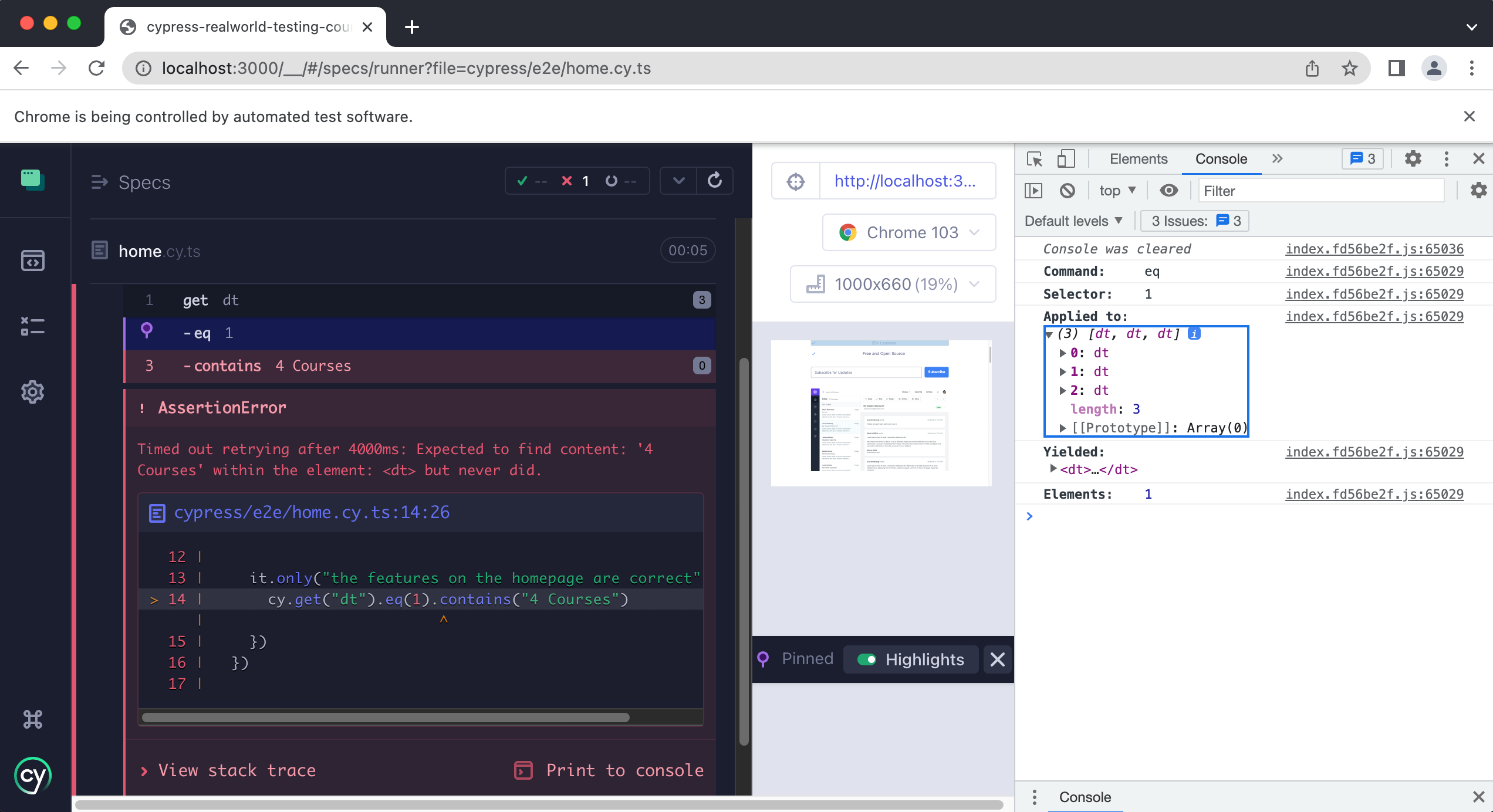

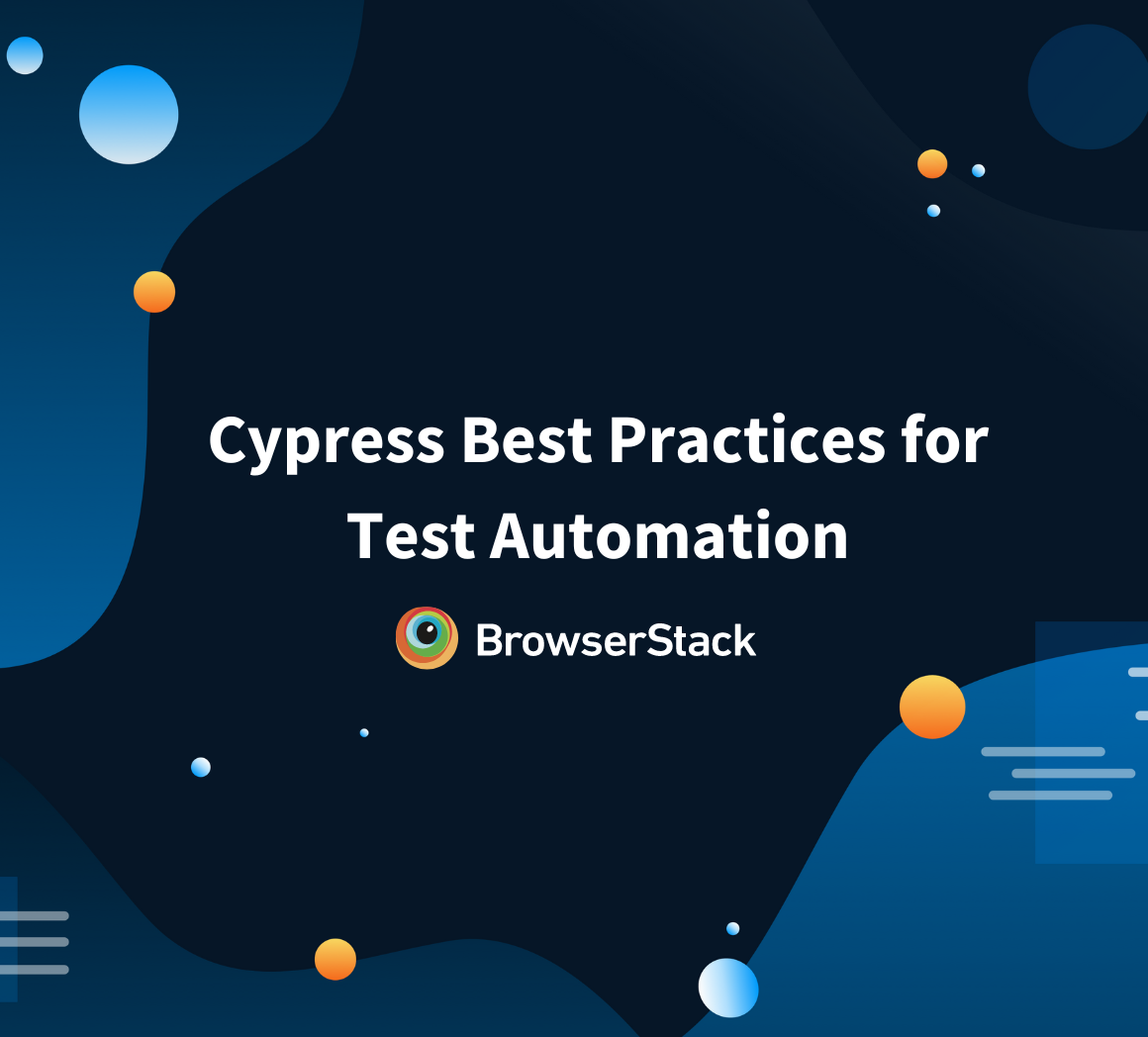








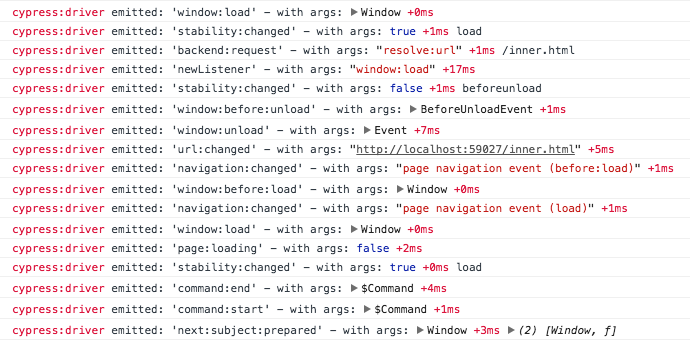
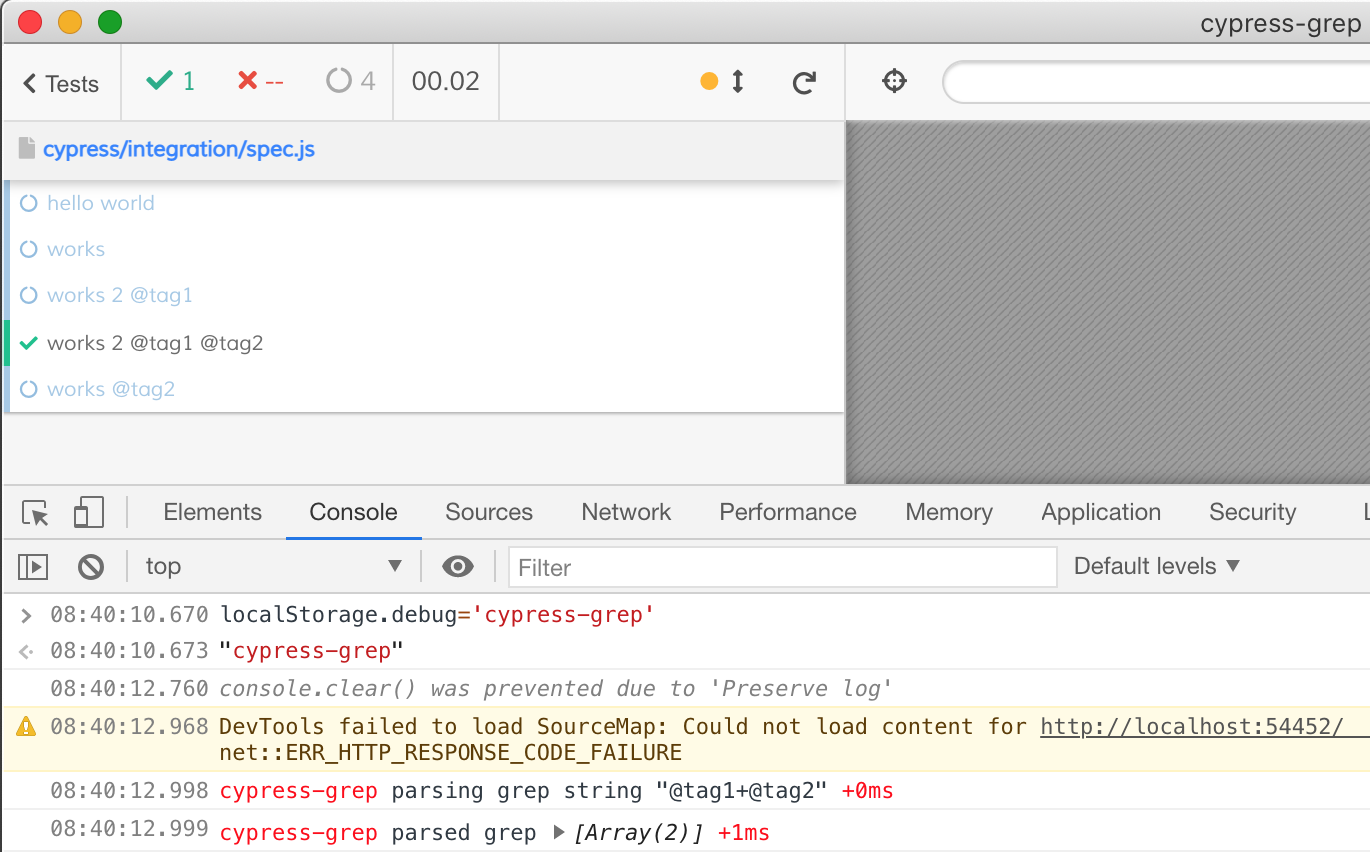



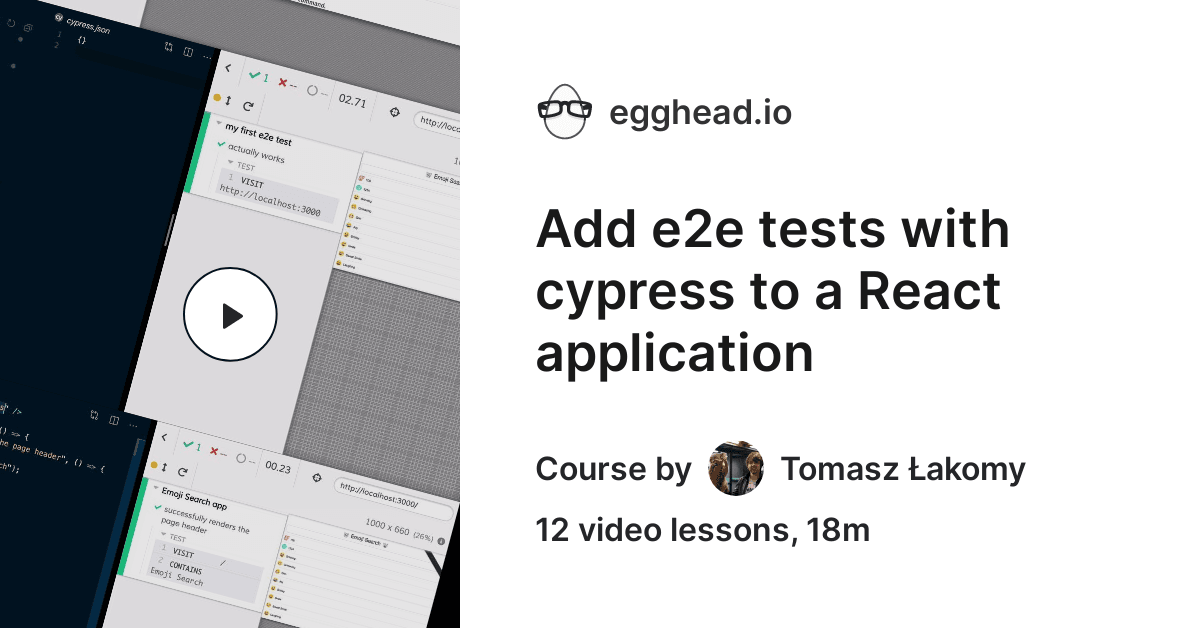





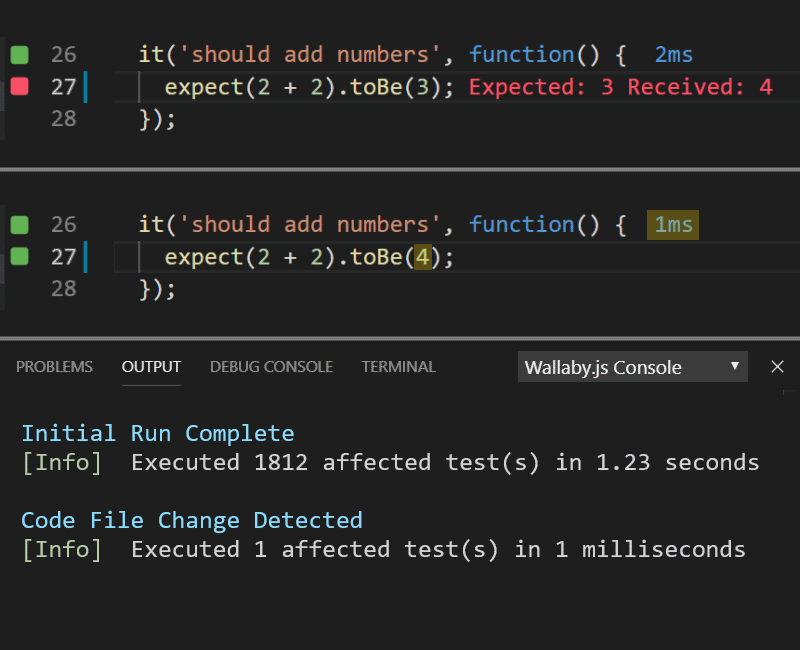


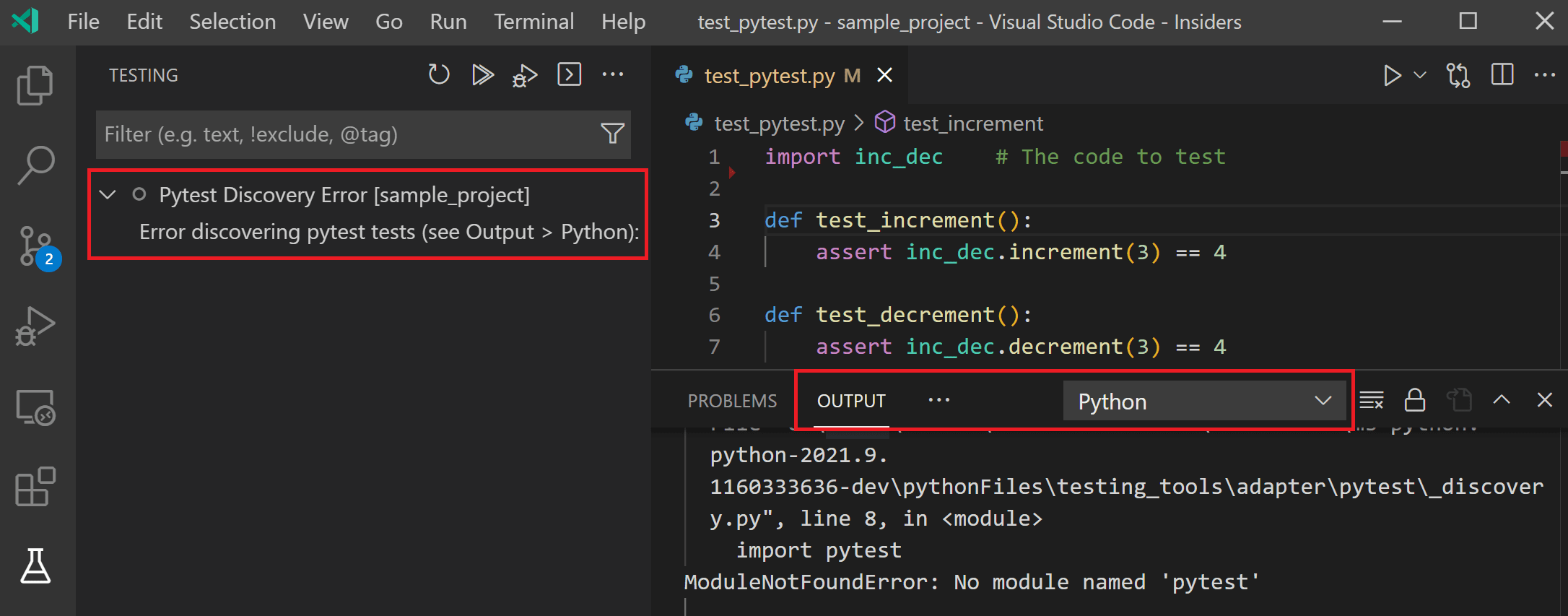





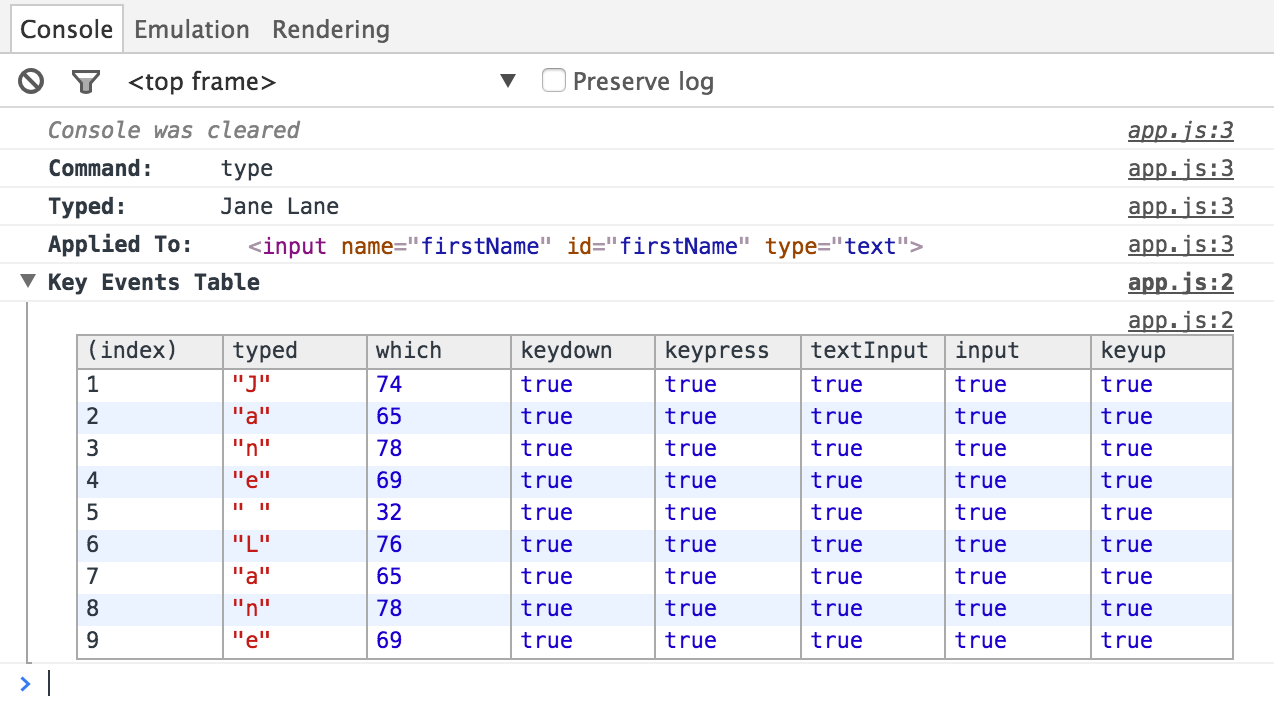

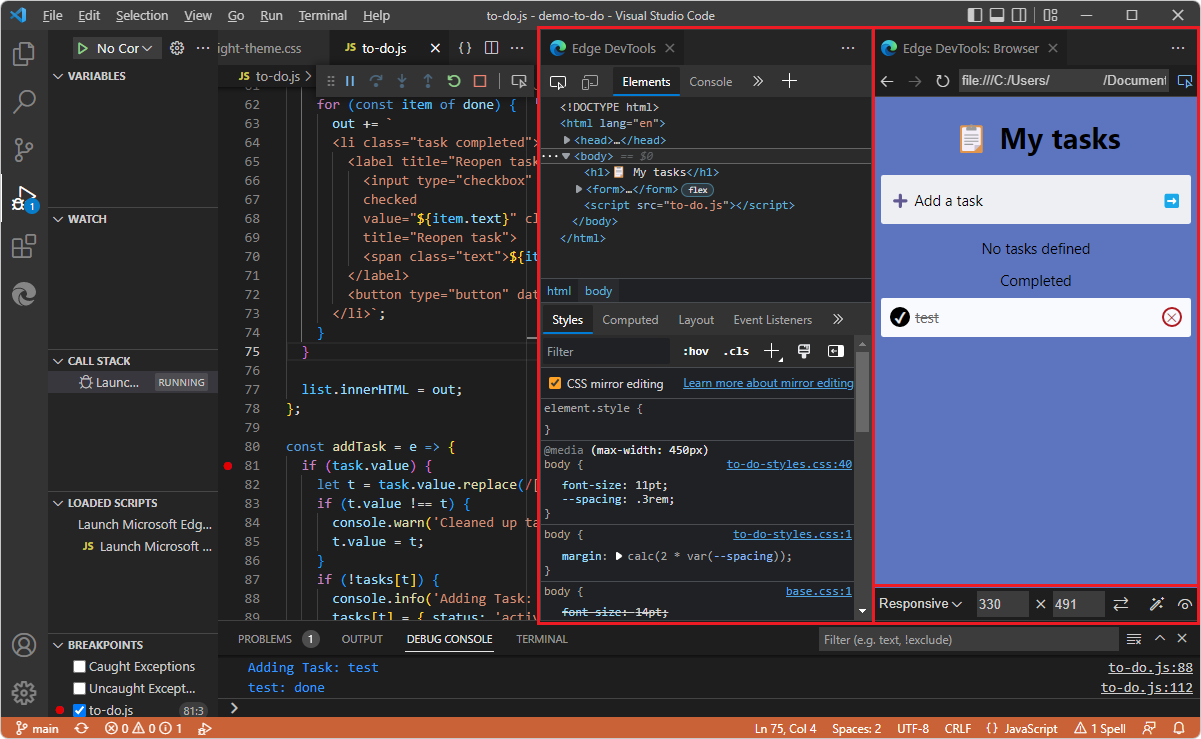




Article link: debug cypress tests vscode.
Learn more about the topic debug cypress tests vscode.
- Debugging Cypress tests in Visual Studio Code – Stack Overflow
- How to Debug Cypress Tests? (Top 5 Methods) | BrowserStack
- Debugging – Cypress Documentation
- Tutorial on debugging Cypress tests – TestingBot
- How To Get Started With Cypress Debugging | LambdaTest
- Debugging Cypress tests in Visual Studio Code – DevPress
- How to configure Visual Studio Code for Cypress test debugging
- Debugging Cypress tests in Visual Studio Code